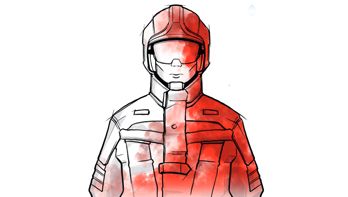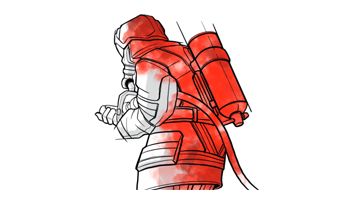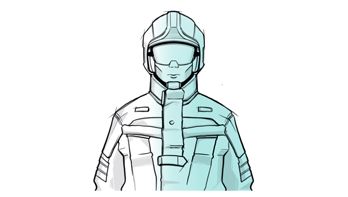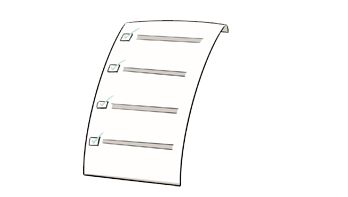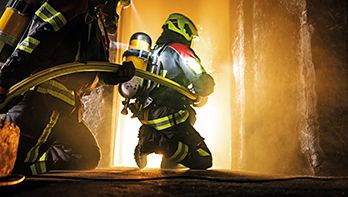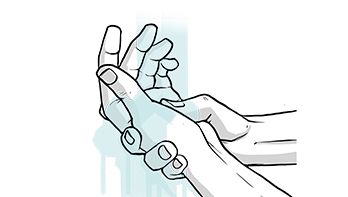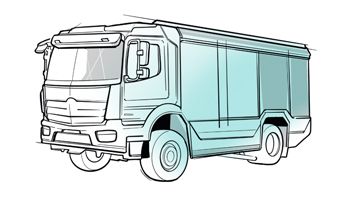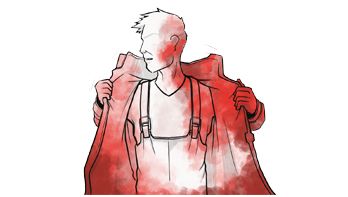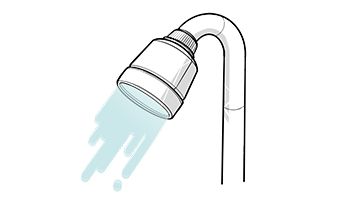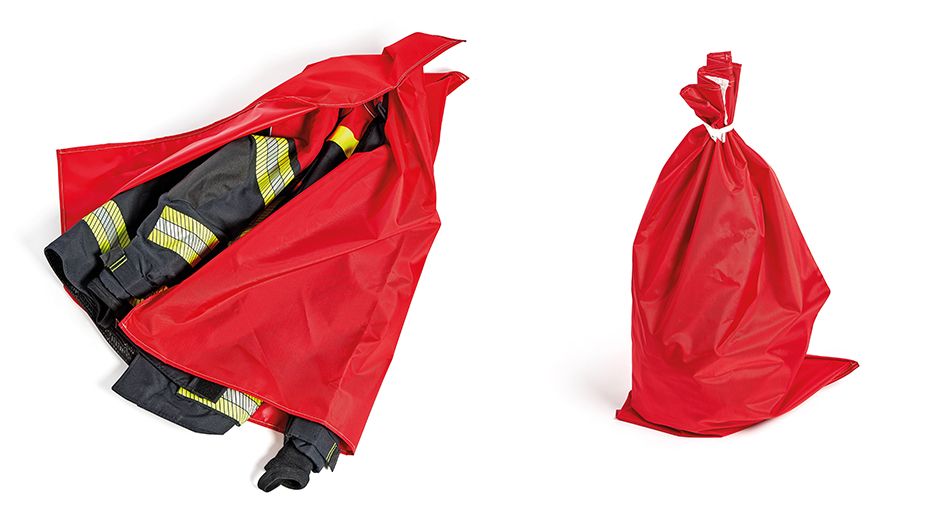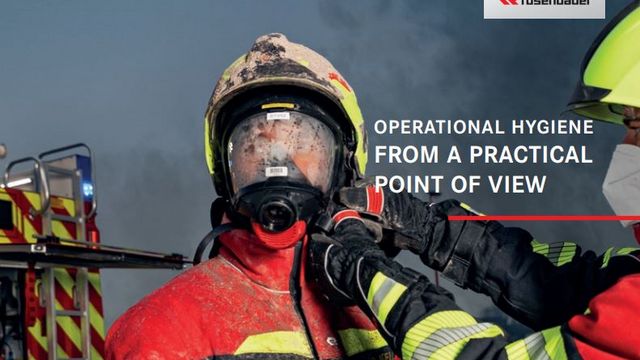Operational hygiene in practice.
Stay clean and healthy.
The topic of operational hygiene has become increasingly important in recent years and has been discussed and researched more than ever before. As a manufacturer of protective clothing and technical devices, Rosenbauer is naturally also intensively involved in this.
"Hygiene" refers to the totality of all measures that serve to prevent disease and to maintain, promote, and strengthen health. In the context of firefighting, this means not only protection against harmful substances during deployment, primarily through respiratory protection and personal protective equipment (PPE), but also protection against substances that are hazardous to health after deployment.
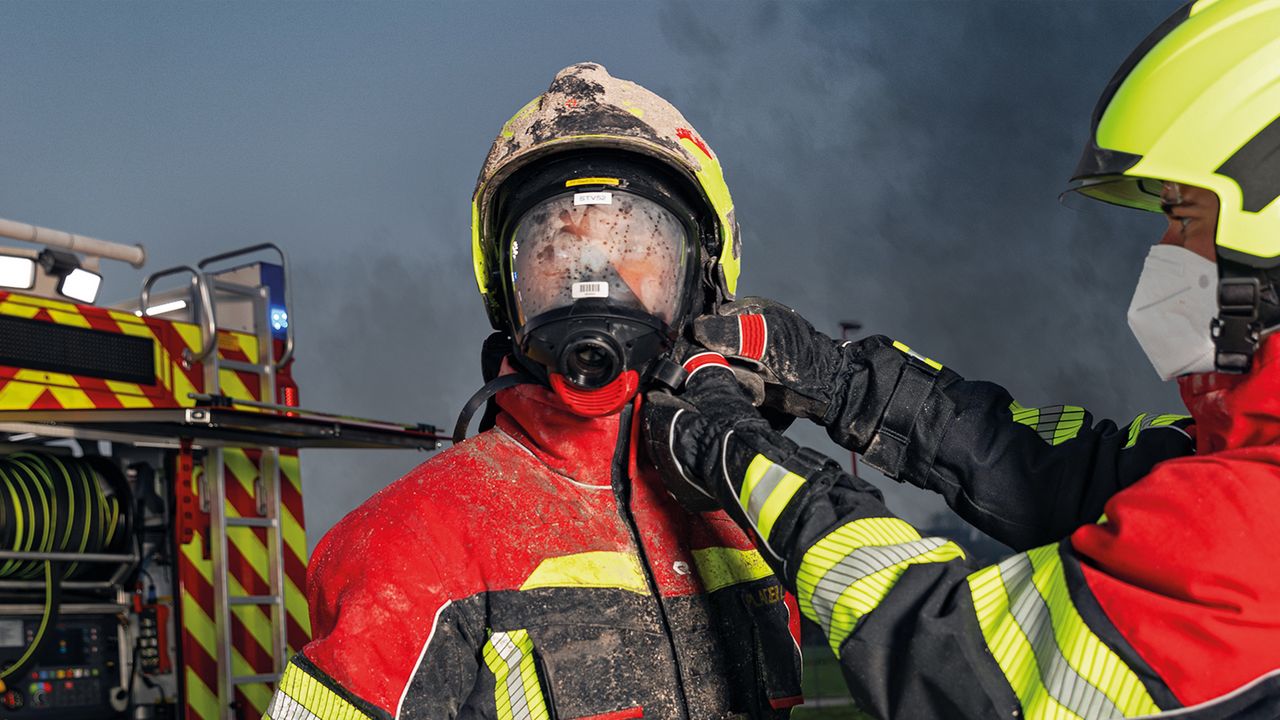
Harmful substances in use.
Measures.
Safe undressing and body cleaning.
A safe process.

FAQs
Safe handling of contaminated personal protective equipment (PPE) and devices.
In order to be able to clean and transport the contaminated PPE as best as possible, a few preparations must be made: All accessories, such as carabiners or lamps, must be removed and the contents of the bag emptied. This should be packed in a zip bag and cleaned or replaced yourself.
After all zippers and Velcro strips are completely closed, the PPE parts are placed in a laundry bag / container and labeled with a documentation form. The breathing apparatus is placed separately in another laundry bag / container and also labeled with a documentation form.
The contaminated PPE is cleaned by trained specialists from the fire brigade or a service provider. The use of FFP3 masks, disposable gloves, aprons and protective goggles is suitable for protecting staff. The textile PPE components are cleaned using special industrial washing machines with fire brigade programs and special detergents in accordance with the manufacturer's instructions.
An appropriate washing machine is provided for cleaning the helmet, gloves and boots of the breathing apparatus in accordance with the manufacturer's instructions. The drying and, if necessary, the impregnation is also carried out according to the manufacturer's instructions. After the PPE and the device parts have been checked for damage and, if necessary, replaced or repaired, washing documentation is created for the items of clothing / devices. Finally, the clothing can be provided as personal equipment or pool linen.
Concept product solutions from Rosenbauer
Operational hygiene in practice.
